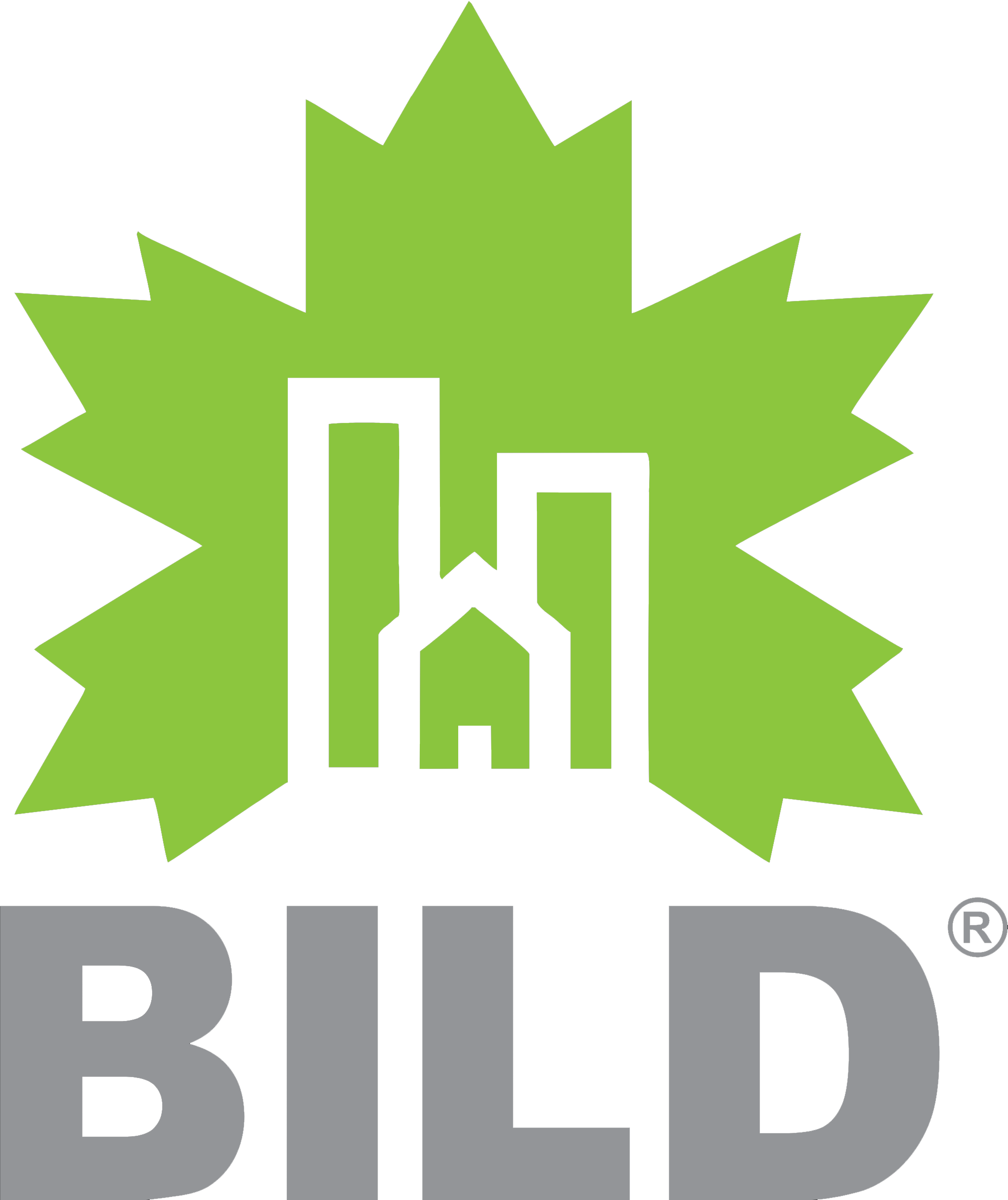In recent years, the architectural industry has experienced a technological paradigm shift, with virtual reality (VR) and augmented reality (AR) technologies playing a key role in this evolution. These immersive tools offer fresh approaches to design conceptualization, visualization, and collaboration, enabling architects and clients to engage with projects in more compelling ways than ever before.
In this article, we will explore five innovative ways architecture firms are harnessing the power of VR and AR technologies to revolutionize their workflows, streamline project management, and enhance client experiences. From virtual walkthroughs to real-time design modifications, we will delve into a range of use cases demonstrating how these emerging technologies are transforming traditional architectural processes. Stay tuned to discover the power of VR and AR in shaping the future of architecture.
Virtual Walkthroughs for Design Collaboration and Review
One of the most significant applications of VR and AR technologies in the architectural industry is the ability to create immersive virtual walkthroughs. These walkthroughs allow architects, clients, and stakeholders to explore designs in a realistic 3D environment, providing a better sense of spatial awareness and a deeper understanding of how spaces will look and feel once completed. Virtual walkthroughs can streamline the design review process, offering instantaneous feedback and facilitating more informed decision-making.
Furthermore, these virtual environments enable remote collaboration, connecting professionals from different parts of the world in a shared, interactive design space. This global collaboration can lead to more diverse perspectives, higher quality projects, and greater efficiency in the design process.
Real-Time Design Modifications and Visualization
VR and AR technologies provide architects the opportunity to make real-time design modifications, enabling instant visualization of potential design changes. Rather than relying solely on static 2D drawings and 3D models, architects can now manipulate objects, materials, and layouts in a virtual environment and quickly witness the impact of their design decisions. This instantaneous feedback helps streamline design iterations, resulting in more optimized and bespoke design solutions.
Moreover, real-time design modifications can enhance client experience, as they can actively participate in the decision-making process and visualize how their input affects the overall design. This collaborative approach can lead to higher customer satisfaction and foster a more engaging, interactive design process.
Enhanced Stakeholder Communication and Presentation
One of the primary challenges in architectural projects is effectively communicating design concepts to clients, investors, and other stakeholders. Traditional methods, such as floor plans and physical models, can be limiting in conveying the intricacies of a design. This is where VR and AR technologies can make a significant impact, offering immersive and interactive presentations that clearly demonstrate design intentions and spatial relationships.
By utilizing VR and AR, architects can design more persuasive presentations that make complex spatial information easily digestible for non-experts. These advanced visualizations can lead to more informed stakeholder decisions, expedite approvals, and boost overall communication.
Integration with Building Information Modeling (BIM)
Building Information Modeling (BIM) has become increasingly essential in architectural projects, serving as the foundation for efficient design, construction, and project management. VR and AR technologies now offer the potential to connect seamlessly with BIM, enabling the visualization of BIM data in an interactive and immersive context.
By integrating BIM and VR or AR, architects and stakeholders can virtually traverse a project while accessing pertinent information on building components, materials, and systems – all in real-time. This integration not only boosts design coordination and project efficiency, but also facilitates the identification and resolution of potential issues before construction, reducing errors and costs down the line.
Safety Training and Construction Site Simulation
In addition to design and visualization applications, VR and AR technologies offer valuable opportunities for enhancing safety training and construction site simulation. These cutting-edge tools can create accurate virtual reproductions of construction environments, allowing professionals to train and prepare for various on-site scenarios without the inherent risks associated with real-life construction sites.
Virtual safety training programs can help construction personnel become better acquainted with site-specific hazards and emergency protocols, thereby reducing the risk of accidents and promoting a safer working environment. Moreover, architects can use these simulators to anticipate and address potential construction challenges even before breaking ground.
Sustainable Design and Resource Management
Sustainability is becoming increasingly important in architectural projects, and VR and AR technologies can assist architects in developing more sustainable designs. By leveraging these immersive tools, architects can precisely analyze and evaluate the environmental impact of their projects, including energy consumption, water usage, and the selection of eco-friendly materials.
For instance, VR and AR can effectively simulate natural light conditions within a building, helping architects optimize daylighting strategies and minimize the need for artificial lighting. Additionally, these technologies facilitate more accurate resource management throughout the design, construction, and operation phases of a project, enabling architects to minimize waste and make more sustainable decisions.
Embrace the Future of Architecture with RenderTech Studio
The integration of VR and AR technologies into architectural practices is rapidly transforming the way architects design, communicate, and collaborate. By leveraging these cutting-edge tools, architecture firms can streamline their workflows and better meet the evolving demands of the industry and clients. From immersive virtual walkthroughs to real-time design modifications, sustainable design, and enhanced safety training, the applications of VR and AR technologies are boundless.
At RenderTech Studio, we are committed to staying at the forefront of technology and innovation. Our expert team can help you harness the power of AR and VR architecture technologies to elevate your projects and provide immersive, engaging experiences for your clients. Don’t miss out on the future of architecture—contact us today to learn more about our comprehensive array of 3D visualization services and VR/AR solutions tailored to your unique project needs!



